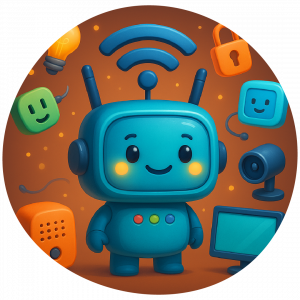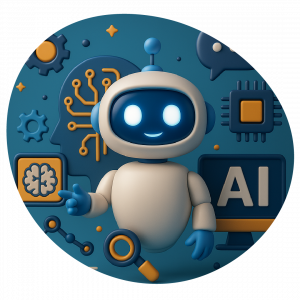A teacher´s role in a virtual learning environment
Teaching classes through the internet, producing digital content, using an educational platform, and holding virtual school events are all activities that require skills that teachers now must have. “I feel like an octopus”, a teacher told me a few days ago.
Distance teaching and learning implies both effort and perseverance. Planning a face-to-face class is not the same as a virtual class or a “hybrid” proposal that integrates both modalities. The criteria for determining activities, as well as digital resources and technological tools, will result from the objectives and contents of the unit or project, as well as the possibilities for interaction available.
We invite you to explore the following scheme to discover the five main tasks that a teacher performs in virtual learning environments. In which tasks do you need more support, and need to keep improving? What activities do you carry out in each type of task?
Virtual learning environments
5 teaching tasks
* If you cannot access the scheme, you can see the information below
- Planning tasks:
- Define a methodology that focuses on students and that is in line with the guidelines of the school.
- Determine the main objectives and activities, organizing them at key moments, for example: before class, during class and after class.
- Carry out an “inventory” of the digital resources and technological tools required to achieve the objectives and carry out the planned activities.

Research and production tasks:
- Research and select resources available on the web to use for planned activities: websites, videos, simulations, educational animations, and more.
- Produce the digital content that is required. There is a wide variety of applications to easily and quickly design different types of teaching resources.
- Verify that the chosen resources are easily accessible to students and can be used from different types of devices.

- Implementation tasks:
- Learn and explore the use of tools to carry out virtual education processes: educational platform, tool for live streaming classes, and other complementary applications.
- Prepare your workspace, technological equipment, and connectivity to teach virtual classes (synchronous learning). Teach classes with energy and take advantage of the “face to face” interactions with students to achieve a meaningful learning.
- Organize digital resources and tasks in the educational platform to encourage asynchronous learning. With these resources, students can prepare before a class or revise what they have learned.

- Feedback and motivation tasks:
- Solve doubts regarding the topics studied and offer additional support to students who require it.
- Monitor progress and results obtained in accordance with the planned activities. Use the information provided by educational platforms and tools to make decisions about their teaching practices.
- Continuously motivate students, show progress, and recognize small achievements. Carry out communication initiatives or activities that also involve parents.

- Evaluation tasks:
- Employ a variety of methods to constantly assess student´s progress and results. An assessment should not always be an exam.
- Involve students to participate in the evaluation process, while considering age, area of study and institutional guidelines.
- Use technological tools to make the evaluation interesting and motivating. It is valuable to add “gamification” to the evaluation.




